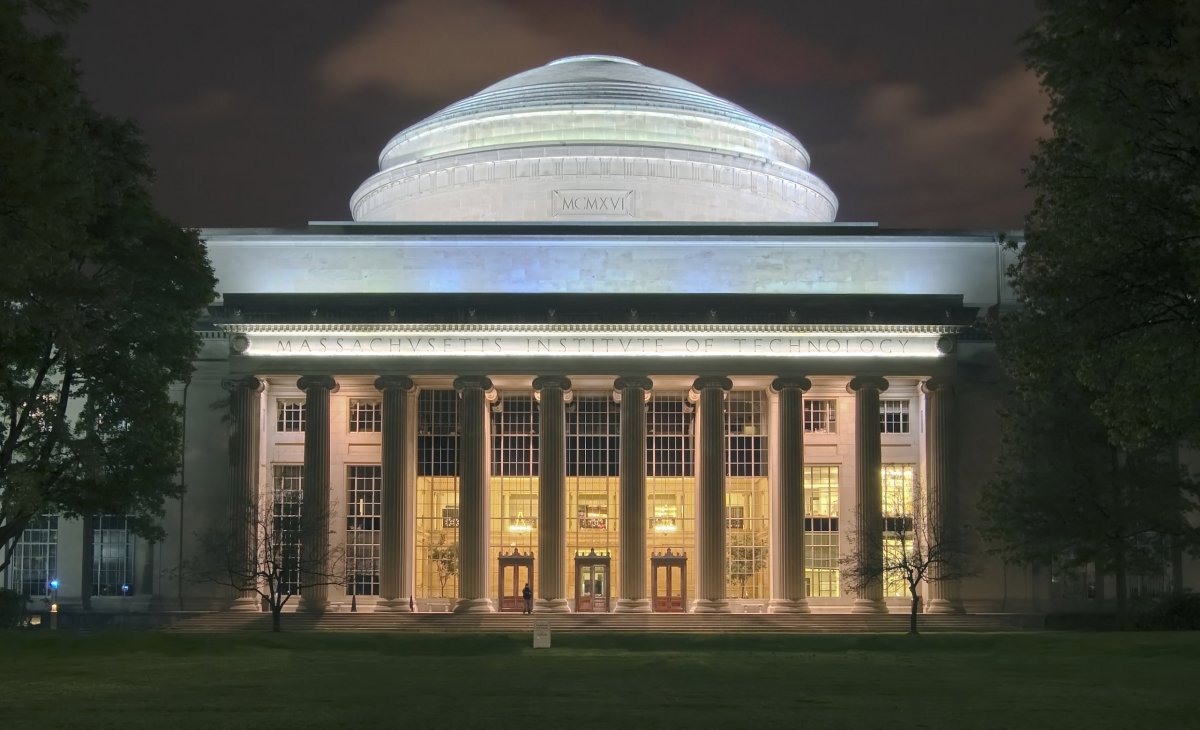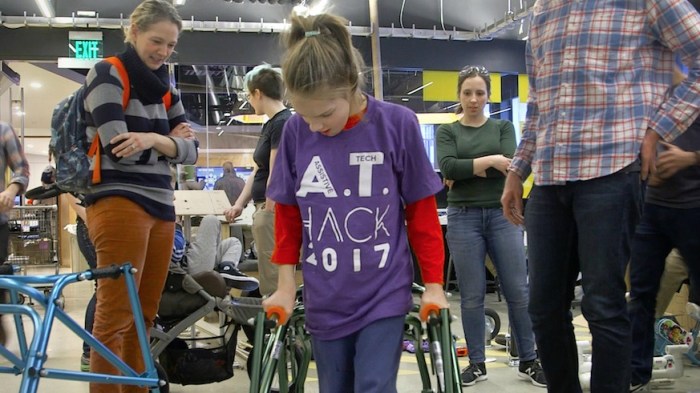The Massachusetts Institute of Technology is launching an institute-wide initiative to create better artificial intelligence inspired by how the human brain works.
Called the MIT Intelligence Quest, the effort will bring together more than 200 researchers and institute partners like IBM to understand human intelligence and then create smarter machines that can learn like us.
“Basically, we want to create an approach where we want a machine to learn like the way that a child would learn,” said Anantha Chandrakasan, dean of MIT’s School of Engineering.
Computers that are engaged in deep learning currently need lots and lots of information in order to be “trained” on a task like image recognition, Chandrakasan explained. But when teaching children something, you often only need to give one example, not millions, for them to learn.
“There are much better ways that the brain is doing this,” he said, “so we can figure that out and then apply those ideas” to machines.
This gets to the Intelligence Quest’s two big aims: to understand how the human brain works, and to reverse engineer that process in order to build better machine learning tools that truly unleash the ability of artificial intelligence to help society.
This work will be divided into two entities within MIT’s Quest: the Core and the Bridge.
“The Core is basically people who are looking at the fundamentals of reverse engineering human intelligence and developing new algorithms and tools to think, beyond deep learning, what are the next generation of artificial intelligence techniques,” said Chandrakasan.
“The aim of the Bridge is that you have lots of [AI] uses in virtually every application domain: transportation, material design, finance, health care — early diagnosis of breast cancer, for example,” he said. “[These researchers] are not working on developing new algorithms, but they want to use these tools and apply them to advance their individual field.”
More than 200 researchers at MIT are currently working on applying AI to their specific areas, from, as Chandrakasan mentioned, health developments to transportation tech (the most common example being self-driving cars).
With this initiative, the school hopes, those researchers can be brought together to share information and best practices.
“When you bring together researchers from different disciplines, they end up collaborating and creating something very new that they individually couldn’t have created,” Chandrakasan said. “Collaborations are really a staple of what we do at MIT, and obviously they are happening, but this [Quest] will accelerate and facilitate that.”

























